Introducción
Purchasing pantallas de visualización LED in schools is a key step to improving the teaching experience, but do you know that there may be many “pitfalls” behind the seemingly simple choice?
This article will reveal the 6 most easily overlooked misunderstandings when schools purchase LED display screens so that you can be wise when purchasing!
Tabla de contenido
Misconception 1: Only focus on price and ignore quality
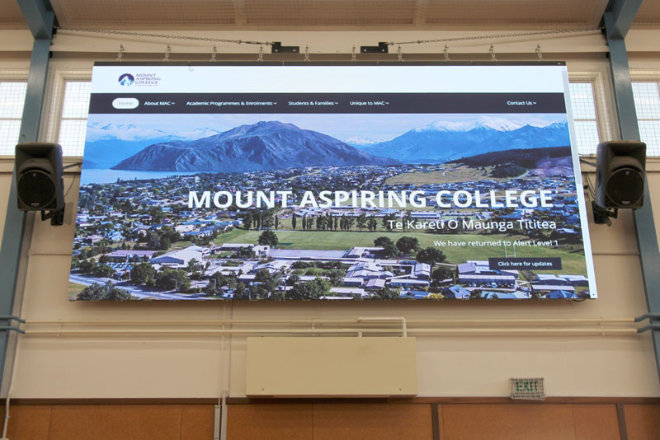
When purchasing LED display screens in schools, it is easy to step on pits if you only focus on price and ignore quality!
In places like schools, the display screen is not just a decoration; it has to be used every day, and it has to be used for a long time.
First of all, price and quality are inseparable. Good LED display screens must use different materials.
For example, high-quality LED chips have high luminous efficiency and high colour reproduction, and they are not tiring to use.
But this material is expensive, so the price naturally goes up. Moreover, good production technology is also critical.
High-precision patch technology can install the chip steadily, with a low failure rate and long service life. However, these advanced equipment and technologies are not low in cost, so the price will be higher.
Although cheap displays are attractive in price, they have many quality risks. The first is brillo and colour.
Some cheap displays are not bright enough and have large colour deviations. In the classroom, students in the back row may not be able to see the screen content clearly, and inaccurate colours may mislead students.
For example, if the colour of the picture in a scientific experiment is wrong, students may misunderstand the experimental phenomenon. Secondly, the stability is poor.
These displays are prone to crashes, screen distortion, and flickering. If they suddenly fail during teaching, the teaching process will be interrupted, and data may be lost, such as teaching videos and courseware stored by teachers.
Finally, the service life is short. A good LED display can be used for 5-8 years or even longer, but a poor quality one may have various problems after 2-3 years, and frequent replacement is more expensive.
In places like schools, the quality of the display is very important. Poor-quality displays have an impact on student learning and the image of the school.
For students, flickering images and distorted colours can easily lead to visual fatigue, and vision may be damaged in the long run.
Moreover, if the teaching content is not presented clearly, students’ understanding of knowledge will also be affected.
For example, when watching historical documentaries, the picture is blurry, and students cannot see the details clearly. For schools, teaching facilities are the facade of the school’s image.
If the display screen often fails or the display effect is poor, students, parents and visitors will have a bad impression of the school and question the school’s management level and teaching quality.
Misunderstanding 2: Blindly pursue high resolution and ignore actual needs
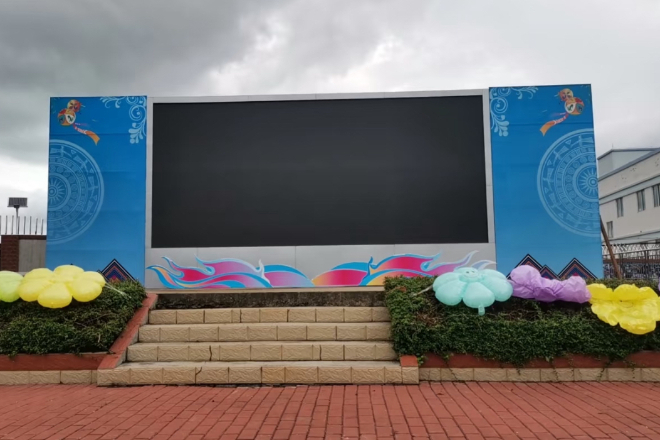
When buying LED display screens in schools, many people think that the higher the resolución, the better.
In fact, this is not necessarily the case! In places like schools, it is really good to use it properly.
High-resolution display screens sound very powerful, but the principle is actually very simple. It just increases the pixels on the screen to make the picture more delicate and clearer.
For example, the resolution of a 4K display screen is 3840×2160 pixels, which is more than double the pixels of the traditional 1080p (1920×1080 pixels).
The advantage of high resolution is that the picture is clearer and the details are richer, which is suitable for close viewing, such as looking at high-definition pictures or complex charts.
But many people don’t realize that the scene in school is different. Not all places need ultra-high-resolution displays.
For example, in the classroom, students are closer to the screen, and high resolution can indeed make the picture clearer.
However, in places like playgrounds or auditoriums, the audience is far away from the screen, and the advantage of high resolution is not obvious.
Choice of suitable scenes
- Classroom:
In the classroom, students are about 2-5 meters away from the screen, and a 1080p display is enough.
This resolution is already very clear, can display teaching courseware and videos well, and the price is not high.
- Playground:
The playground is very large, and the audience may be more than ten meters or even dozens of meters away from the screen.
In this case, the human eye’s ability to perceive the details of the picture will decrease, and the advantage of high resolution will not be obvious.
On the contrary, low-resolution displays (such as 720p, 1280×720 pixels) have the same effect as high-resolution displays when viewed from a distance, and the price is more affordable.
- Auditorium:
The size of the auditorium and the distance between the audience and the screen are between the classroom and the playground.
If the auditorium is small and the audience is close to the screen (5-10 meters), a 1080p display is sufficient。
if the auditorium is large and the audience is far from the screen (more than 10 meters), a 2K (2560×1440 pixels) display can be selected, which can ensure the clarity of the picture without wasting performance.
Blindly pursuing high resolution is really unnecessary! First of all, the price of high-resolution display screens is ridiculously expensive.
For example, for the same 55-inch LED display, the 4K resolution maybe twice or even more expensive than the 1080p one.
Secondly, high-resolution display screens also have high hardware requirements. For example, playing 4K videos requires a stronger processor and graphics card; otherwise, the picture will be stuck.
Finally, the power consumption of high-resolution display screens is also high, and the electricity bill is also a considerable expense in the long run.
In places like schools, the display screen is mainly used to assist in teaching and displaying information, so there is no need to pursue the ultimate picture effect.
For example, using a 4K display screen in the classroom, although the picture is very clear, students may not notice the difference from the 1080p display screen at all, which wastes the school’s budget.
In short, when schools buy LED display screens, they should not focus only on high resolution.
Choose according to the actual use and needs, and the right one is good. This can not only meet teaching needs but also save a lot of money!
Misunderstanding 3: Ignoring the viewing angle of LED display screens
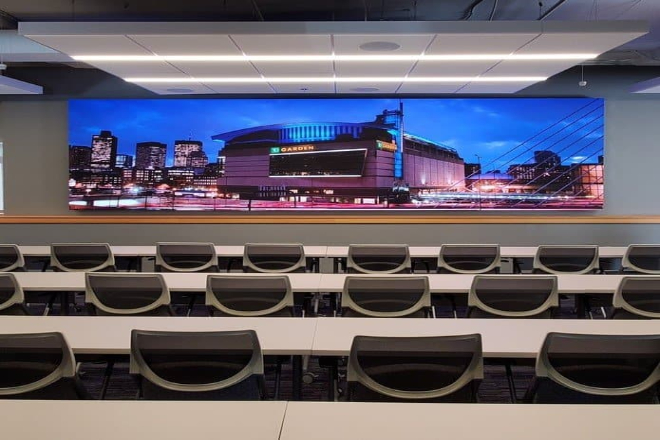
When buying LED display screens in schools, many people tend to ignore a very important detail- the ángulo de visión.
In fact, this small detail has a significant impact on the viewing experience!
In simple terms, the viewing angle is the range in which you can still see the picture clearly when you look at the screen from different directions.
In general, the viewing angle of LED display screens is expressed in horizontal and vertical angles, such as 160 degrees for horizontal viewing angles and 140 degrees for vertical viewing angles.
The larger this angle, the smaller the colour and brightness changes of the picture when you look at the screen from the side or up and down, and the better the viewing experience.
The viewing angle has a great impact on the viewing experience! Imagine that if the viewing angle is too small when you deviate slightly from the front of the screen, the picture will become dim, the colour will be distorted, and even the content will not be clear.
For example, in a classroom, students sitting in the corner may find it difficult to see the content on the screen, which affects the learning effect.
For a display screen with a large viewing angle, the picture is still clear and bright even when viewed from the side, and the colour will not be distorted.
In different scenes in the school, the requirements for viewing angles are different.
- Classroom:
The positions of students in the classroom are relatively scattered; some sit in the middle, and some sit in the corner.
If the viewing angle is not large enough, students sitting in the corner may not be able to see the content on the screen clearly.
Generally speaking, the horizontal viewing angle of the LED display screen in the classroom should be more than 140 degrees so that most students can see the screen clearly.
- Lecture hall:
The lecture hall has a larger area, and the audience is more scattered, so the requirements for viewing angles are higher.
The horizontal viewing angle should be more than 160 degrees so that even people sitting at the edge can see the screen clearly.
Sometimes, people are standing in the lecture hall to watch, so the vertical viewing angle is also very important, preferably more than 120 degrees.
If the viewing angle is too small, students sitting on both sides or corners of the screen will not be able to see the picture clearly. Over time, their eyes will be very tired, and may even affect their vision.
Moreover, if the colour of the screen is distorted or dimmed, the information obtained by students will be incomplete. For example, when looking at charts or pictures, they may misunderstand the content.
In places like schools, teaching effects are very important, so the viewing angle must be considered well.
Don’t just look at the effect on the front of the screen; look at it from different angles and choose a display with a large viewing angle so that every student can clearly see the content on the screen, and the learning effect will be better.
Misunderstanding 4: Not fully considering the maintenance cost of LED display screens
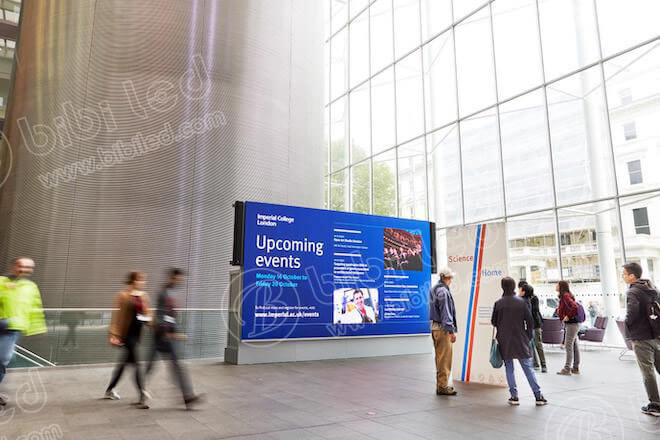
When buying LED display screens in schools, many people just want to buy a good-looking one that is fun to use but forget the maintenance cost.
In fact, maintenance costs should not be underestimated. If you don’t think about it in advance, you may spend a lot of money in vain later!
First of all, the maintenance cost of LED display screens is mainly divided into several parts.
In terms of hardware replacement costs, the components of the display screen, such as lamp beads, modules, and power supplies, are easy to break after a long time.
For example, the P2.5 display screen has more than 100,000 lamp beads per square meter. Even if the quality is good, it is inevitable that some will break.
If it breaks more, the replacement cost is not low. Moreover, outdoor display screens have to face wind and sun, with a shorter lifespan and a higher frequency of parts replacement.
The labour service cost is also not low. Some display screens have complex structures, such as those with small pitch, which are particularly troublesome to repair. Many things need to be dismantled, and the labour cost is very high.
Cleaning fees are also a big expense. Outdoor display screens need to be cleaned at intervals, and a professional cleaning team must be found.
If the school is located in a remote area, transportation fees and equipment transportation fees are another big expense. Environmental adaptability maintenance is also very important.
If the school is in a place with high humidity, the display screen is easily affected by moisture, and the failure rate will be much higher.
At this time, a protective box must be added, dehumidification must be done regularly, and the maintenance cost will go up.
Dust blocks the heat dissipation holes, and the life of the lamp beads will be shortened. Regular cleaning of the heat dissipation holes and replacement of heat dissipation materials are other expenses.
The maintenance costs of display screens of different brands and models vary greatly.
For example, the small pitch screen (P1.0 and below) has poor heat dissipation and high lamp bead density, and the maintenance cost is much higher than that of ordinary screens.
Some high-end brands, although more expensive when purchased, have a long lifespan and are cost-effective in the long run. Preventive maintenance should not be neglected.
Regularly check the power cord, connecting wire, control card and other components to see if there are any loose or ageing parts. Timely treatment can save a lot of trouble.
If you wait until a big problem occurs before repairing, the cost will be much higher.
When buying LED display screens for schools, don’t just focus on how much money you spend when buying them. You must also calculate the maintenance cost in advance.
Pay more attention to maintenance and choose the right equipment so that you can save money and worry when using them.
Misunderstanding 5: Lack of evaluation of supplier's after-sales service
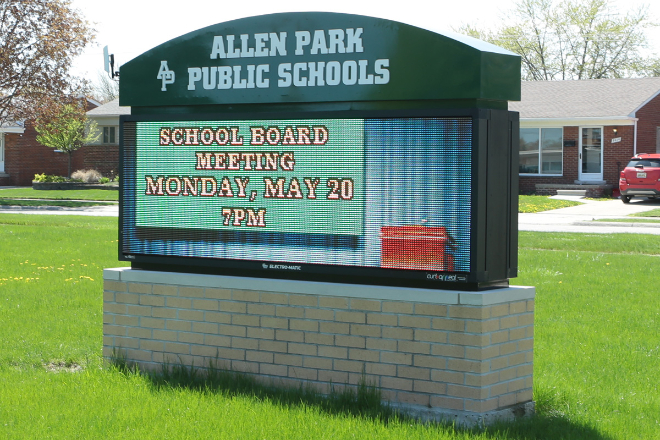
When buying LED display screens at school, many people only look at the product itself and forget about after-sales service.
In fact, after-sales service is particularly important, and it can directly affect whether you can use it well in the future.
Let’s talk about what after-sales service is available. Technical support is the first one. A good supplier can help you solve the problem remotely or directly repair it on-site.
The warranty policy is also critical. For example, some suppliers say that they will provide a 2-year warranty. If any quality problems occur during this period, they will repair or replace the equipment for free.
There is also the response speed. If the display screen suddenly breaks down, how quickly can the supplier arrive at the site to repair it? This is very important.
For example, some suppliers promise to respond at any time, 24 hours a day and arrive at the site within 3 hours. This speed can reduce the time the equipment is out of service.
Why is after-sales service so important? If there is no good after-sales service, the display screen breaks down, and the repair is delayed, which will definitely affect teaching.
Moreover, if no one maintains it regularly, the equipment will have to be replaced after a short period of use, which will cost more money. Good after-sales service can make you worry-free and worry-free.
So, how do we evaluate after-sales service? First, you have to look at the supplier’s warranty terms, how long the warranty is, and what can be repaired.
These must be clear. Secondly, ask them how quickly they can respond to problems and whether they have spare equipment to support them.
Then, I will see if their technical support team is professional and can help solve problems remotely.
Finally, you can ask about other schools’ experience with the same supplier and see what they say.
For example, a middle school had a lot of problems with the display screen because the supplier they chose had poor after-sales service, and the repairs were slow, which delayed many classes.
Later, they changed to a supplier that could provide a 2-year warranty and a fast response speed, and there were fewer problems.
There was also a college that paid special attention to after-sales service when buying a display screen, requiring the supplier to provide training and regular inspections.
As a result, the equipment was used very smoothly and rarely had problems.
Misunderstanding 6: Ignoring the installation and debugging of LED display screens
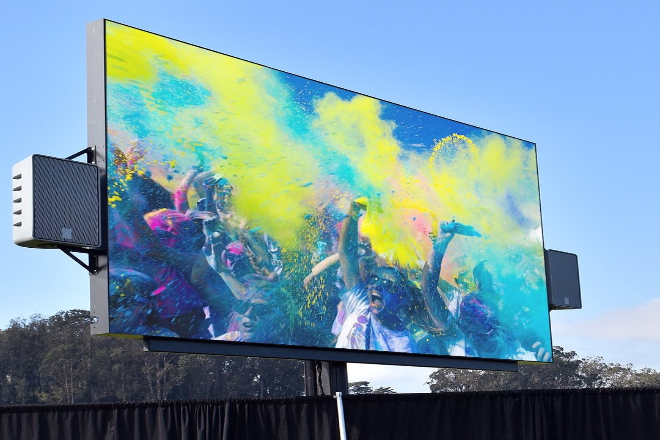
When purchasing LED display screens in schools, many people tend to ignore the installation and debugging process. In fact, installation and debugging are particularly important.
If they are not done well, even the best display screen may become a “decoration”.
Installation and debugging have a great impact on the performance and display effect of the display screen.
First of all, the installation position, angle and fixing method of the display screen will affect the viewing experience.
For example, if the installation position is not suitable, some students may not be able to see the screen clearly; if the angle is wrong, the picture may be distorted.
Secondly, the debugging process is also critical. If the colour, brillo and contrast are not adjusted well, the picture will look very uncomfortable and may even affect the students’ eyesight.
If the installation and debugging are not done properly, there will be many problems. For example, if the display is not installed firmly, it may shake or even fall, which is very dangerous.
Also, if the debugging is not good, the screen may flicker and have colour distortion or resolution mismatch, which will not only affect the teaching effect but also shorten the service life of the display.
It is really important to choose a professional installation team. The professional team can not only ensure that the display is installed firmly and in the right position but also accurately debug it according to the actual needs of the school.
For example, they can adjust the brightness according to the lighting conditions in the classroom and adjust the colour and contrast according to the teaching content to achieve the best display effect.
7. Conclusión
Purchasing an LED display is not as simple as “buying a screen”. Only by avoiding these common misunderstandings can you really choose a cost-effective and reliable device for the school.
I hope this article can provide you with practical references and make every investment in the school worth it!
Finalmente, si quieres saber más sobre las pantallas LED, Por favor póngase en contacto con nosotros.
Te puede interesar:
Other articles about LED display screens in the education industry:
